Flexible and client-oriented engagement models
Our engagement models are tailored to fit the diverse and dynamic needs of American businesses, offering flexibility, transparency, and efficiency, whether you’re looking for a Fixed Price, Time & Material, or a Dedicated Team approach.
Fixed price
Time & Material
Dedicated team
Time & Material model
In the Time and Material model, you pay for the actual work done. Billing is based on tracked man-hours and any materials or tools used. All tasks and efforts to complete them are registered and reported to you every week. The requirements, scope, and budget are not fixed, while the hourly rate is agreed upon in the contract. Even without a fixed scope, our experienced PMs deliver estimates with tight variance and monitor cost forecasts at every stage.
How does it work?
This model is especially well-suited for Agile methodology. Work is typically organized in short iterations (sprints). No detailed specification is needed to kick off the project; the team estimates tasks on the fly and begins coding quickly. You, as a Client, get a progress report, detailed time/expense logs, and a demo during weekly or bi-weekly meetings. Any features added during the project are simply billed at the agreed-upon hourly rates. The team can be easily scaled up or down depending on the development needs.
When is it best used?
- The T&M model is best suited for projects with unclear or evolving requirements, where providing a detailed specification at the project start is of little value.
- There is no specification, but the project needs to start immediately and move quickly.
- A long-term cooperation with the Service provider is planned.
- There are no strict deadlines.
Business benefits
- Flexibility & control – scope, feature priorities, and even team size can be changed at any time. You decide the project direction each sprint.
- Full transparency – you get a detailed breakdown of tasks and efforts spent, a clear roadmap, and regular updates on the project progress. You know the current efforts, path traveled, and the next step.
- Quick start – little upfront planning is needed without a long requirements phase.
- Cost efficiency – you pay only for completed work. In many cases, this can yield a lower total cost than a fixed-price bid.
Fixed price model
In a Fixed-Price engagement, the project scope, schedule, and budget are agreed upon upfront. The budget is based on a detailed specification and frozen for the whole project. All payments within this model are made on pre-defined milestones. As the first step of cooperation, we finalize all requirements during a Discovery phase.
How does it work?
Once we get the full specification, our development team estimates all tasks, locking the total cost and deliverables. Once a contract is signed, the development phase begins strictly according to the plan. No additional functionality can be added to the scope without cost re-estimation. Even feature replacement requires a price revision. In short, the fixed-price model runs like a “closed box” without any flexibility for changes.
When is it best used?
- Well-defined requirements, when the project specification is clearly defined and is unlikely to be altered before the release.
- Short, straightforward projects that last under a few months, and the detailed functionality description can be prepared from the start.
- Projects with strict budget requirements, like projects funded by grants or with a non-exceedable budget.
- Proof of concept (PoC) development, code audits, or one-time tasks with clear boundaries.
Business benefits
- Predictable budget – you know the total cost upfront with guarantee to get the final product without exceeding the budget.
- Minimal surprises – the price can’t be changed, nor can the scope. You will get exactly what you agreed upon at the beginning.
- Lower management overhead – once development starts, you can leave all the work to the development team and only return when the product is ready.
Time & Material (T&M) with budget cap
Time & Material with a budget cap is a hybrid model combining T&M’s flexibility with a guaranteed maximum spend. You still pay for hours and resources as in standard T&M, but the contract includes an overall cap (often called a “not-to-exceed” limit) on the total cost. The budget is fixed, while the scope remains flexible. This is the most popular engagement strategy nowadays. Often, this model follows a fixed-price discovery or architecture phase and transitions into flexible T&M for development.
How does it work?
In practice, the T&M+Cap contract and its development approach are structured like a regular T&M contract but with explicit budget controls. The development is divided into sprints and requires your active participation in demos and progress meetings. You pay for the actual effort spent, but with the rule that the sum of all invoices will never exceed the agreed cap. Any altered or new requirements are examined and estimated for their potential impact on the deadline and budget. If we see that the cap is about to be exceeded, we immediately alert you and suggest options for staying within the cap. At that point, you can decide whether to extend the cap (with a change order) or reduce the remaining scope to stay within budget.
When is it best used?
- The project has unclear or dynamic requirements, but you have a strict budget limit.
- The majority of Agile projects.
- MVP with limited budget.
- Support activities and legacy system modernization.
Business benefits
- Budget certainty – the project has an upper limit agreed upon from the start.
- Requirements flexibility – this model provides all the benefits of flexibility for dealing with dynamic and unclear requirements that an ordinary Time and Material model.
- Risk mitigation – the budget cap protects from runaway costs and encourages the discussion of any changes that might lead to a budget overrun.
- Transparency – you still get the same detailed reporting as in regular T&M, including weekly demos, hours logged, progress reports, etc.
Dedicated team model
The Dedicated Team model assembles a full-time team of specialists who work exclusively on your project as if they were your own staff. Billing is based on a fixed monthly fee for those team members.
How does it work?
You define the roles and expertise needed, and we assemble a team with the most well-suited specialists for your requirements. The team becomes an extension of your in-house staff. You are fully responsible for team management and control. The developers will report directly to you. On our part, we will monitor the quality of the services provided and get involved if necessary.
When is it best used?
- You have in-house specialists who can manage the software development process.
- When you have a substantial project and want ongoing development capacity.
- It’s ideal when project requirements are clear and you need the development team to handle it.
- Great for long-term projects with evolving scope or when your own team lacks certain expertise.
Business benefits
- Full control & transparency – a dedicated team becomes a natural extension of your in-house team, giving you complete visibility into progress and budget.
- Quick ramp-up – it takes less than a week for our specialists to join your team and start bringing value.
- Long-term continuity – because the team stays consistent, product knowledge is retained and productivity often increases over time. This makes the Dedicated Team model well-suited to longer engagements and ongoing maintenance.
| Feature or limitation | Fixed Price (FP) | Time & Materials (T&M) | T&M + Cap | Dedicated Team (DT) |
|---|---|---|---|---|
Applicable for pilot projects and initial phases (Phase 0) |
Yes |
Yes |
Yes |
No |
For projects requiring specific expertise (domain/product experience) |
Yes |
No |
No |
Yes |
Detailed specifications required before start |
Yes |
No |
No |
No |
Minimal contract duration |
Any (no minimum) |
1 calendar month |
1 calendar month |
3 calendar months |
Final total price guaranteed before start |
Yes |
No |
Yes |
No |
Lowest hourly rates |
No |
No |
No |
Yes |
Tends to give the lowest overall cost |
No |
Yes (for a single project) |
Yes (for a single project) |
Yes (for long-term projects) |
Invoicing interval |
Every milestone |
Monthly (or per sprint) |
Monthly (or per sprint) |
Monthly |
Customer controls team member assignments |
No |
No |
No |
Yes |
Permitted requirement changes after start |
Minimal (contract amendments only) |
Any (unlimited) |
Some (limited) |
Any (unlimited) |
Multiple projects covered under one contract |
Limited |
Yes |
Limited |
Yes |
Feature or limitation
Applicable for pilot projects and initial phases (Phase 0)
For projects requiring specific expertise (domain/product experience)
Detailed specifications required before start
Minimal contract duration
Final total price guaranteed before start
Lowest hourly rates
Tends to give the lowest overall cost
Invoicing interval
Customer controls team member assignments
Permitted requirement changes after start
Multiple projects covered under one contract
Fixed Price (FP)
Yes
Yes
Yes
Any (no minimum)
Yes
No
No
Every milestone
No
Minimal (contract amendments only)
Limited
Time & Materials (T&M)
Yes
No
No
1 calendar month
No
No
Yes (for a single project)
Monthly (or per sprint)
No
Any (unlimited)
Yes
T&M + Cap
Yes
No
No
1 calendar month
Yes
No
Yes (for a single project)
Monthly (or per sprint)
No
Some (limited)
Limited
Dedicated Team (DT)
No
Yes
No
3 calendar months
No
Yes
Yes (for long-term projects)
Monthly
Yes
Any (unlimited)
Yes
Effective project organization
We build our development process on principles of transparency, precision, and accountability, ensuring consistent progress and tangible results at every stage of your project.
Communication
A qualified project manager becomes a liaison between the business and the development team. They are responsible for project planning, management, work coordination, and progress tracking. Communication happens through various channels: email, messengers, phone, and personal meetings.
Competence transfer
Knowledge transfer is a comprehensive business process ensuring all information about the project is shared among the team, Technical Manager and Scrum Master. We gather our experience in a special formalized knowledge base (Atlassian Confluence) under tech leaders’ supervision.
Planning and reporting
SumatoSoft undertakes a commitment to regular reporting on the project. The reports depend on the chosen engagement model: real-time 24/7 reporting via Jira Atlassian, monthly, weekly reports, etc. Regular reporting ensures transparency of the development process and provides a clear understanding of the costs at every stage of development.
Our recent works
Graphical user interface for robot operation
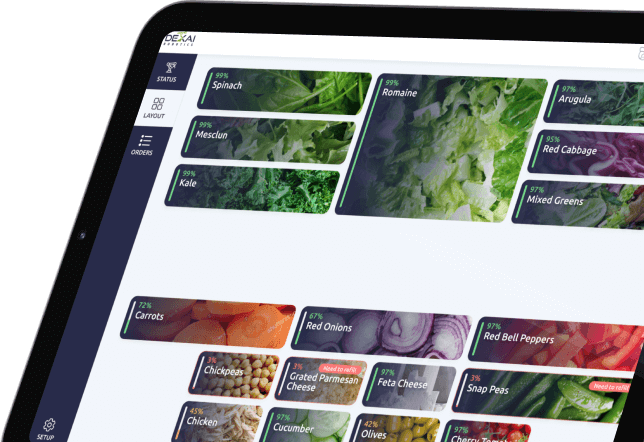
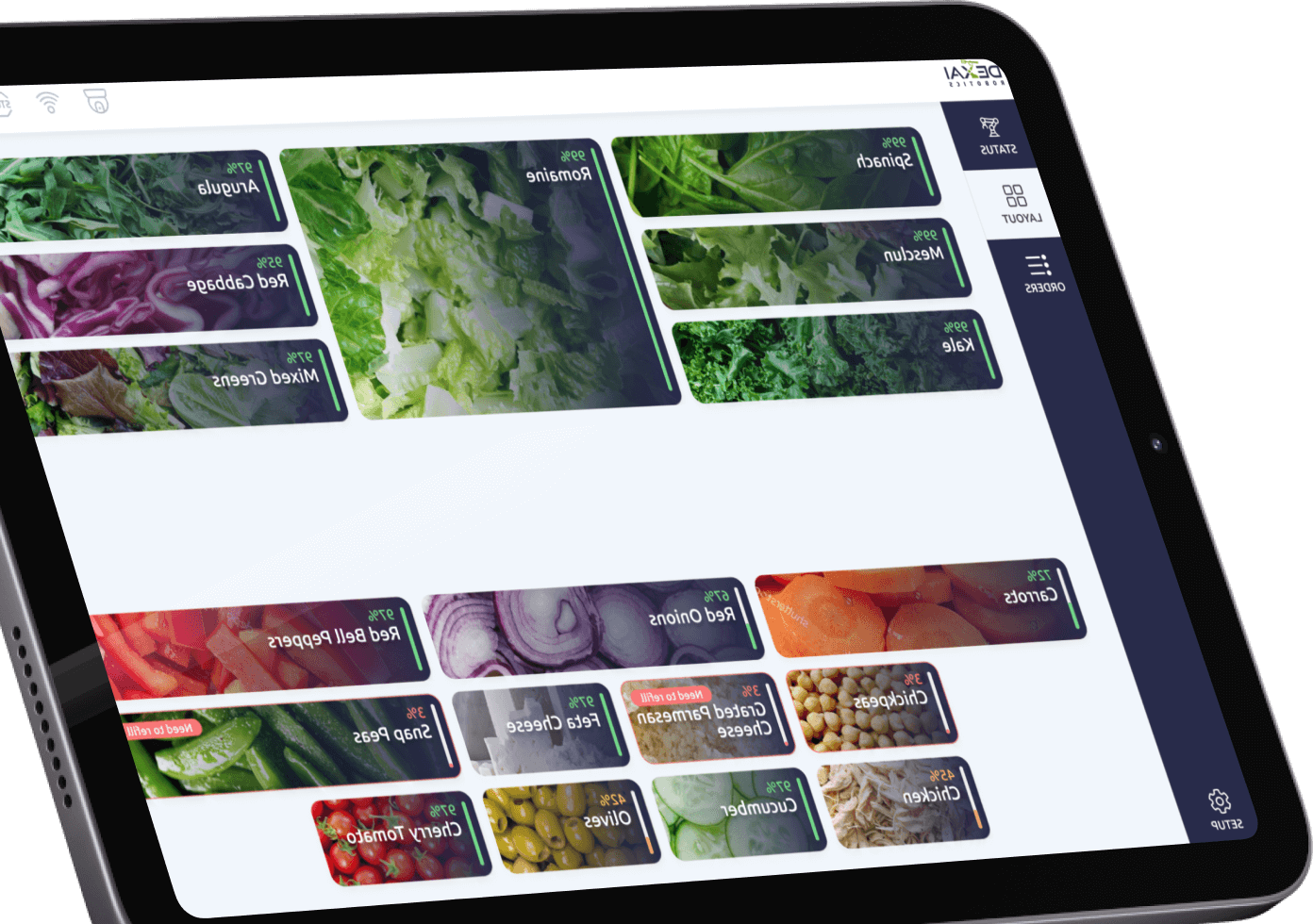
IoT application with sensors for industrial fridge monitoring
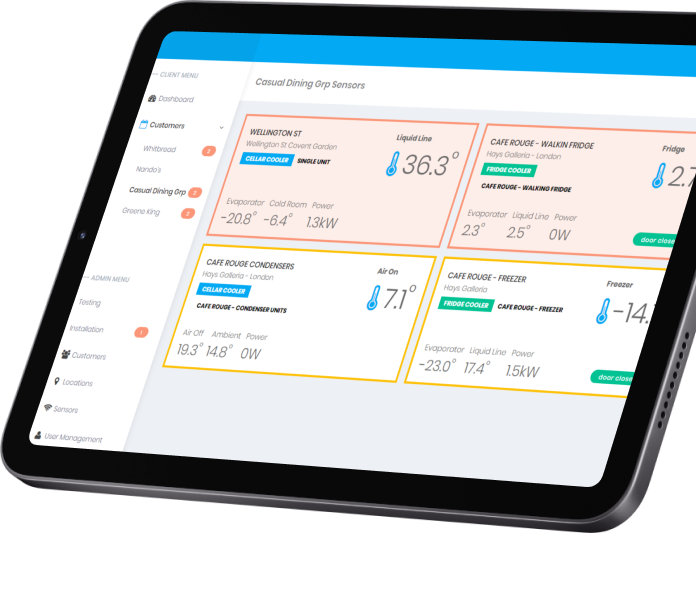
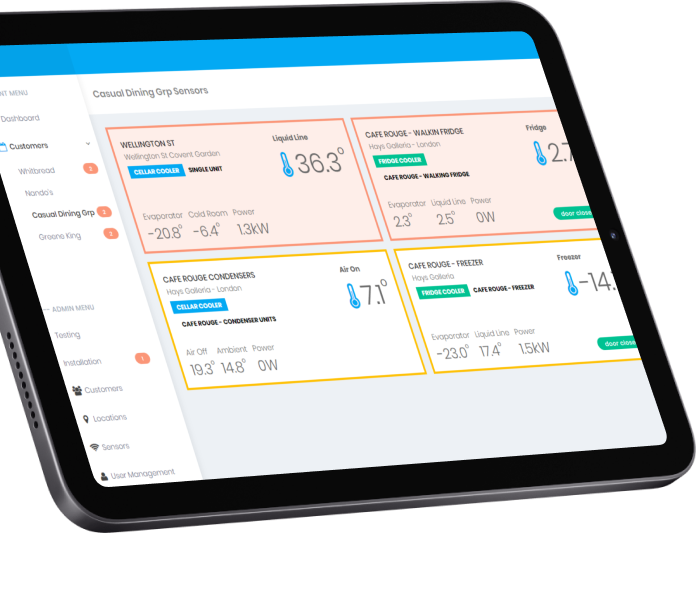
Innovative big data trading platform
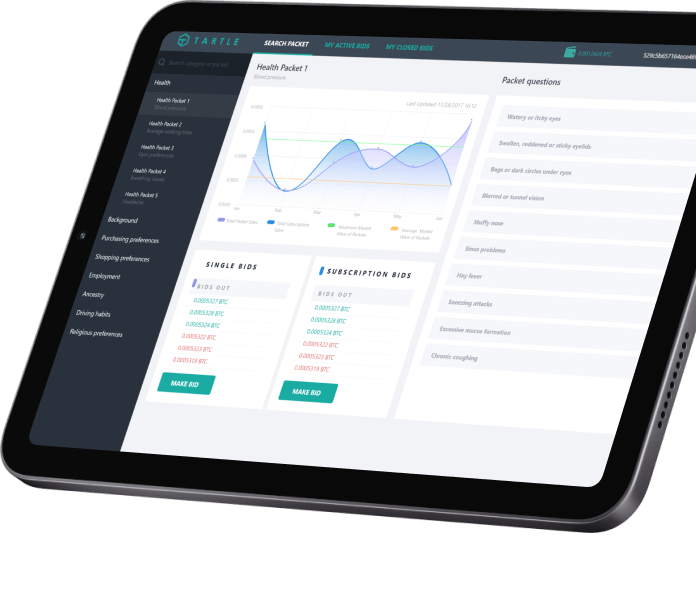
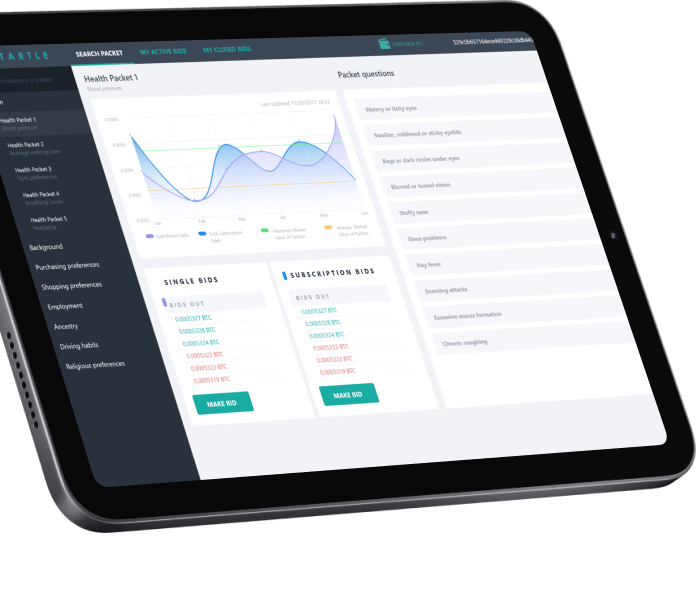
Awards & Recognitions
Let’s start
If you have any questions, email us info@sumatosoft.com














